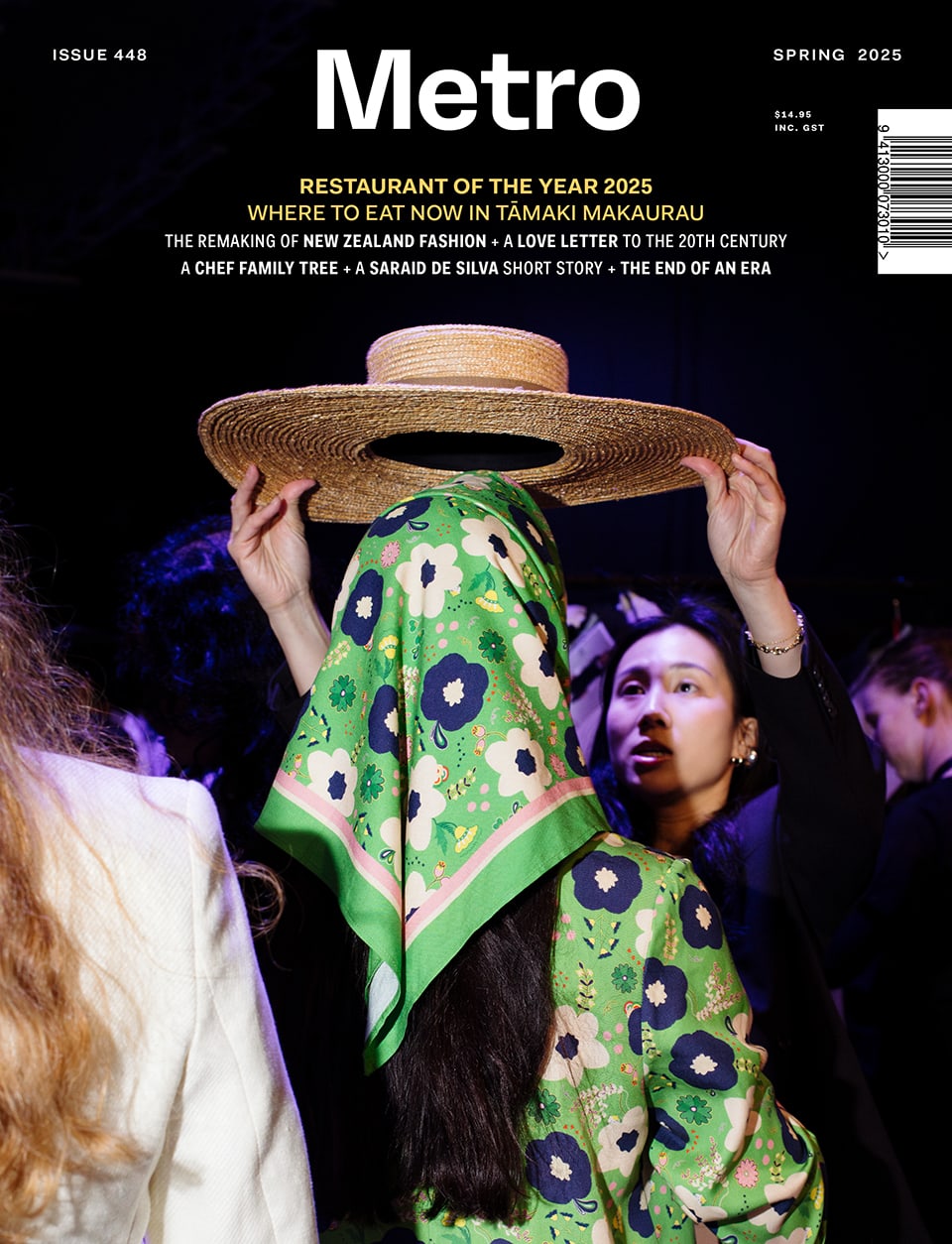May 23, 2014 Urban design
How did New York, of all places, become a world leader in transport-led urban transformation? A lot of it came down to one person: the woman Bloomberg chose as his Commissioner of Transportation.
Janette Sadik-Khan changed her city as few have been able to do anywhere. What did she do, and how? She’ll be in Auckland on Monday, giving a free public talk. We’re picking she’ll fill the Aotea Centre.
When Metro spoke with Janette Sadik-Khan in New York last month, she said, “You have such a fabulous tradition of outdoor activity. I mean, New Zealanders are known actually for their sense of adventure. Designing your city to meet the needs of the people who live there [is] good for your health, great for the planet, great for your pocket book.”
The previous major transformation of New York’s streets was in the 1960s, when two-way avenues were tweaked to become one-way. (Sound familiar? Hello, Hobson and Nelson.) Since Sadik-Khan’s appointment in 2007, the city has installed more than 560km of cycle lanes, turned Times Square into a walkable plaza and introduced rapid-transit bus lanes, pedestrian safety islands, neighbourhood slow zones and a bike-share scheme. For vehicle traffic? Potholes were filled, smart light phasing introduced, signs made clearer.
This is legacy-making stuff, and not all of it was at Mayor Bloomberg’s behest. When Sadik-Khan first proposed closing Broadway at Times Square to traffic, he told the Fast Company business magazine, it “was the stupidest idea I’d ever heard”.
How did a public servant achieve the warm-and-fuzzy, Copenhagenised concept of “complete streets” in New York City of all places, to the extent that autograph hunters now seek her out? “She did it by assembling the best transportation team in the nation,” says Paul Steely White, head of the city’s powerful lobby group Transportation Alternatives, whose grassroots organising paved the way for this new approach.
More importantly, she “transformed her job description, redefining what streets can and should be”. Auckland Transport engineers take note: before her appointment, “most people saw the Transportation Commissioner’s job as limited to keeping cars and trucks moving”.
Early in her tenure, Sadik-Khan championed quick, cheap experiments: turning a small, triangular carpark in Dumbo (a Brooklyn neighbourhood) into a pedestrian plaza over a single weekend, thanks to a lick of paint and some planters. Three years on, retail in that neighbourhood is up 172 per cent.
Or, the six-month experiment in which the city turned over huge areas of Times Square to pedestrians, using only paint, orange bollards and outdoor lounge chairs from a nearby hardware store. Or, closing entire blocks on summer Sundays and letting locals enjoy them on foot, on bikes, in bouncy castles, to demonstrate what happens when cars aren’t the priority. (The sky did not fall.)
Then, they’d gather data — number-hungry Bloomberg didn’t build his empire on hunches alone — about traffic flow, safety and economic effects, and this in turn set the spending priorities.
It was tough. No amount of community consultation was enough, she has said. Certain groups still felt unconsulted and overlooked and Auckland should prepare for that. But we should also prepare for the good times.
As Sadik-Khan told Metro: “The success of cities is really going to be tied to the success of their ability to re-imagine themselves. You just have to design the streets of your city a little differently and use your real estate a little more effectively.”
Real estate! Auckland’s favourite topic. Only, this time, real estate we all own.
Auckland Conversations, supported by Metro, presents a free event: Janette Sadik-Khan – Cities for People
ASB Theatre, Aotea Centre, May 26, 5.30pm.
Preceded at 3.45pm by The Human Scale, a documentary film on the remaking of modern cities.
Read more:
Simon Wilson’s 20 point plan to improve Auckland transport
Gemma Gracewood on New York’s cycling revolution. Could we do what they did?





